Geologisk Museet
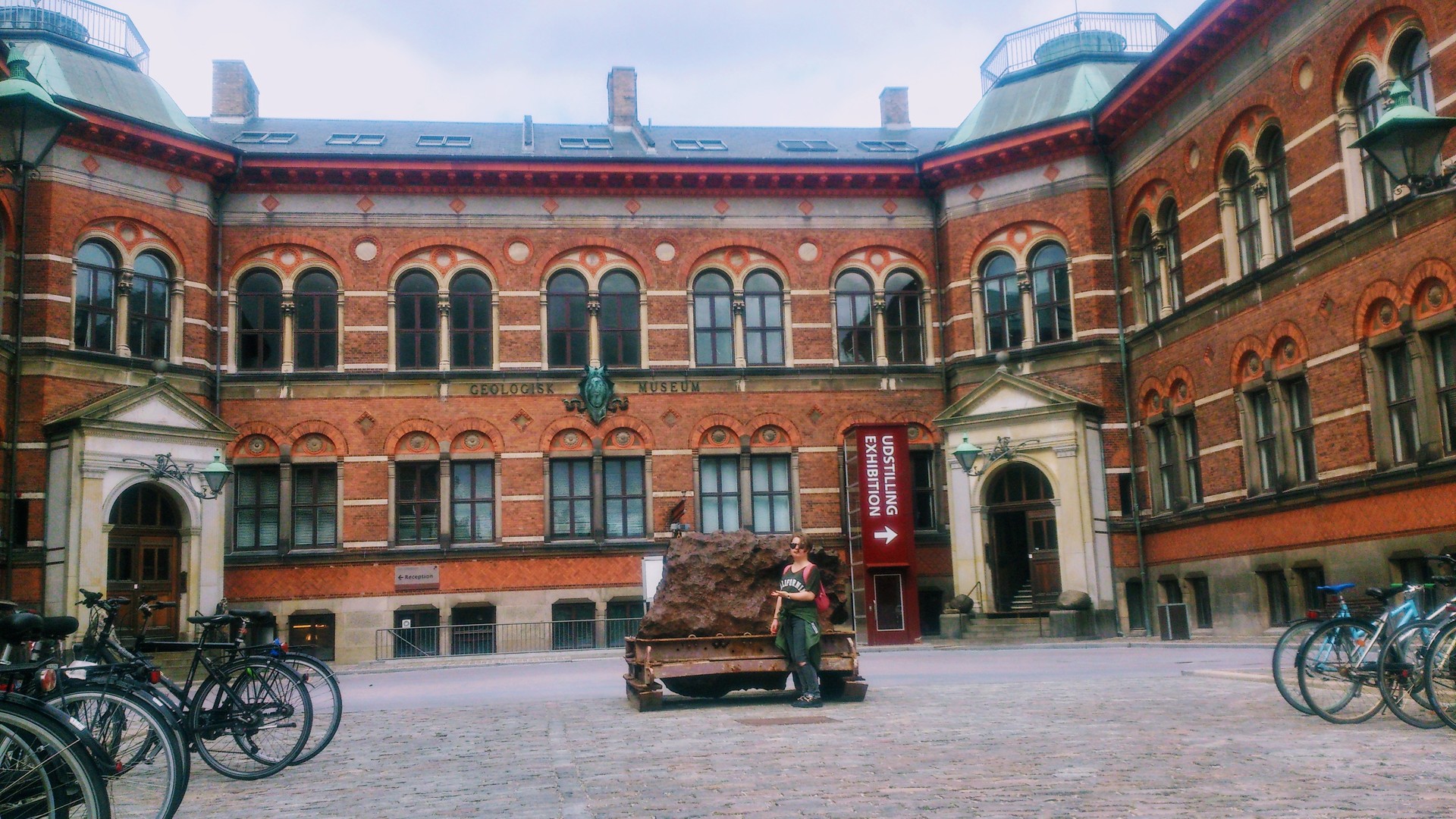
The introduction
Hello everyone, I hope, that you are all doing just fine!
In this article I want to tell you about this place in Copenhagen, which I visited while my being there. It was a pretty interesting place and I wasn’t going to visit it, until I saw this information, that there were some meteorites exhibited and very interesting other things among the collections. And, besides, I had my Copenhagen Card, which allowed me to visit it free of charge and I would not miss that chance, because usually getting into the museums costs very expensive and you can just spend all your money into visiting a few museums, while they are all very interesting and if you love visiting museums, then you are in trouble because of that. It’s not like in Georgia, where the entrance fee to the museums is very low and it’s not even a fee, it’s like a tip or something like that, because you don’t really pay much at all. However, people still don’t go to museums in Georgia, if you want to know the truth.
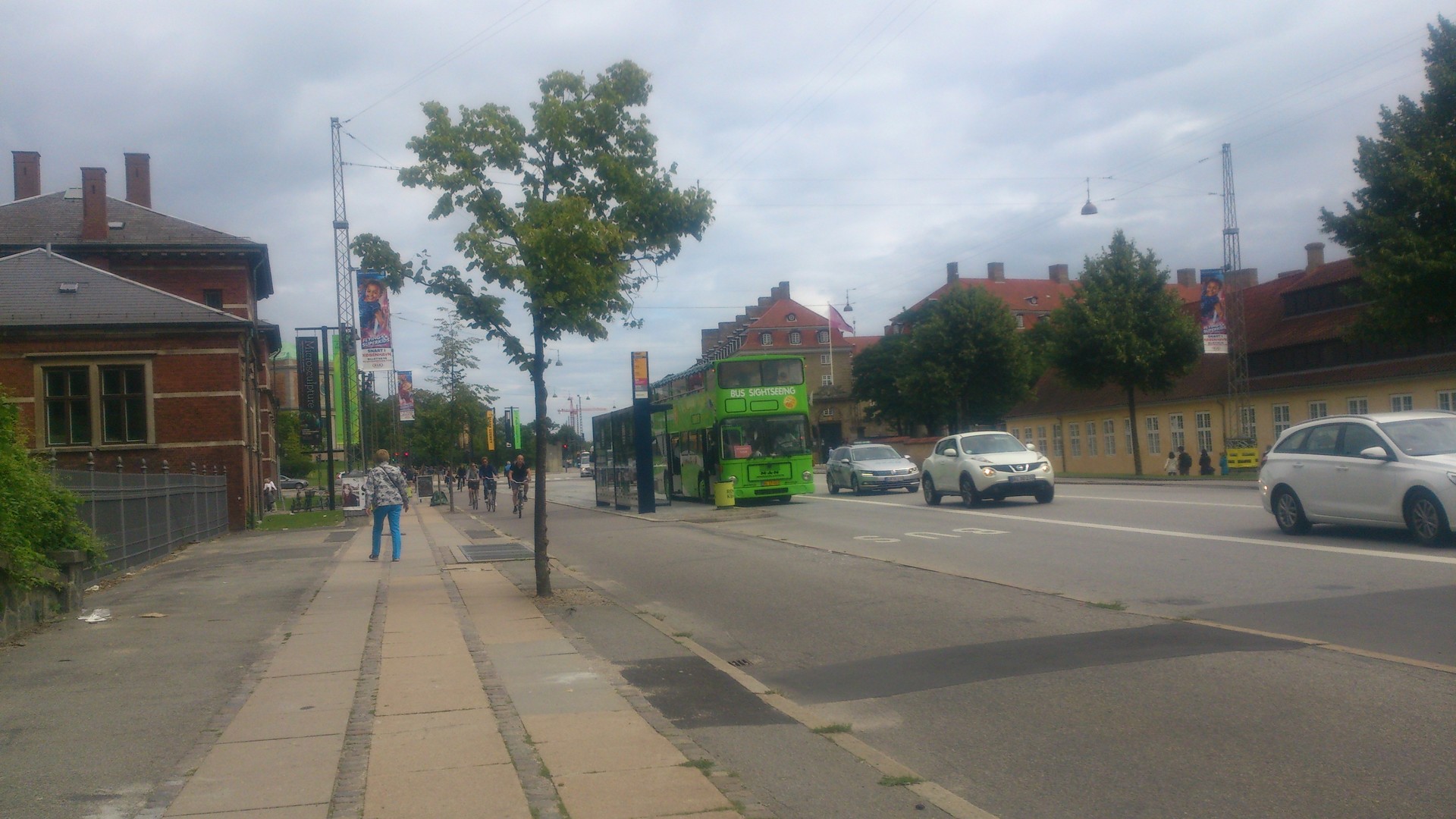
Well, anyways, this place in Copenhagen is the Geological museum and it’s a very interesting place, especially for the children, who study science at school or something like that, because that way they will become more interested in science, and they will want to get to know more and more about it.
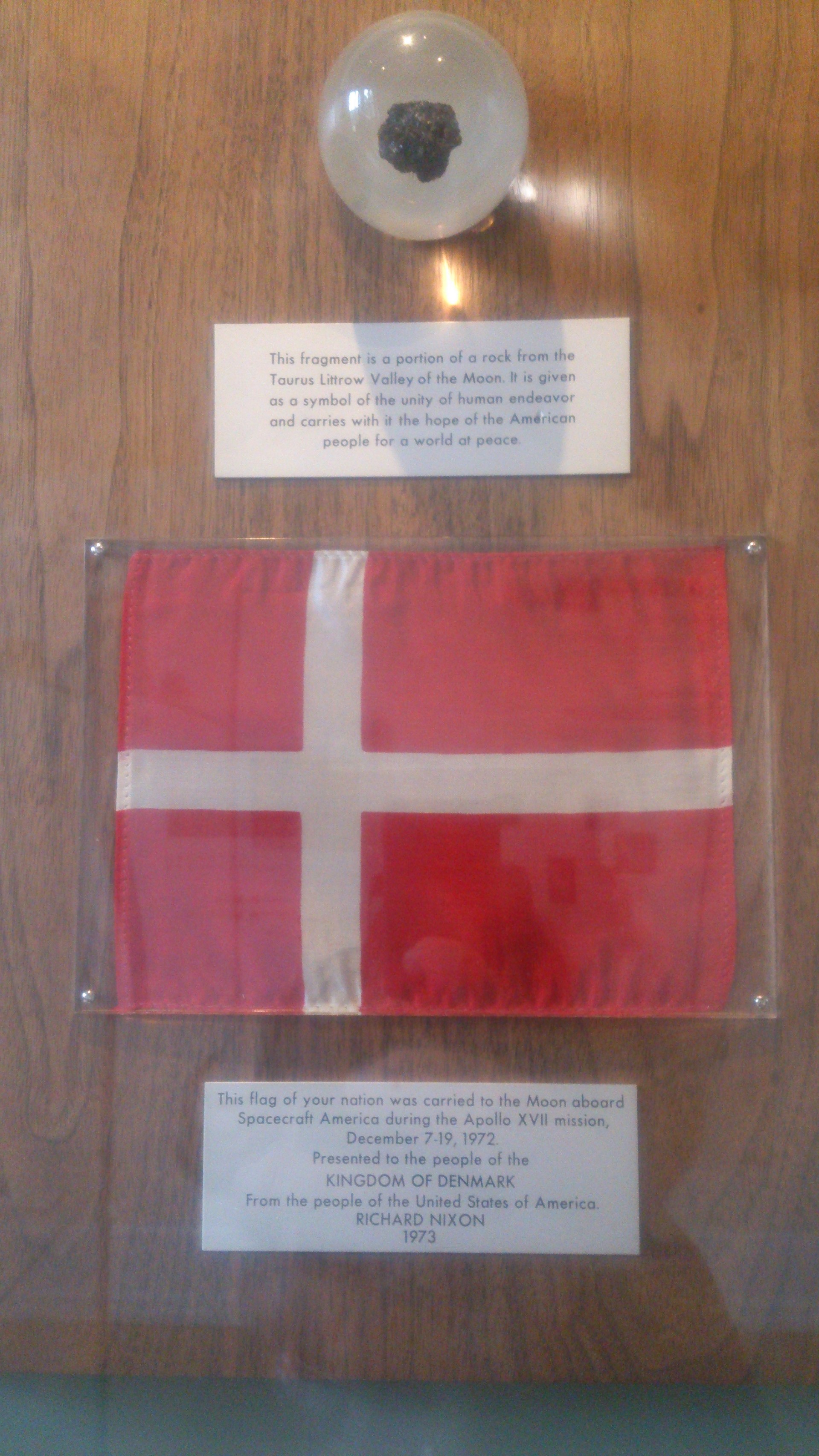
About Geological Museum of Denmark
Geological museum of Copenhagen or Geologisk Museum, as they call it in Danish is a part of the University of Copenhagen Museums. It’s located on Øster Voldgade, at the northeast corner of the university of Copenhagen Botanical Garden in Copenhagen. It belongs to the Natural History Museum of Denmark as well as the Botanical Garden and some other museums in Copenhagen.

The collections date back to the 17-th century, however, the museum has been part of the University of Copenhagen since 1772. It was originally located in Nørregade, however, the museum moved into the current building in 1893 and it was especially built to house the museum. Also, the museum was called Mineralogisk Museum for some time from 1810 to 1976.
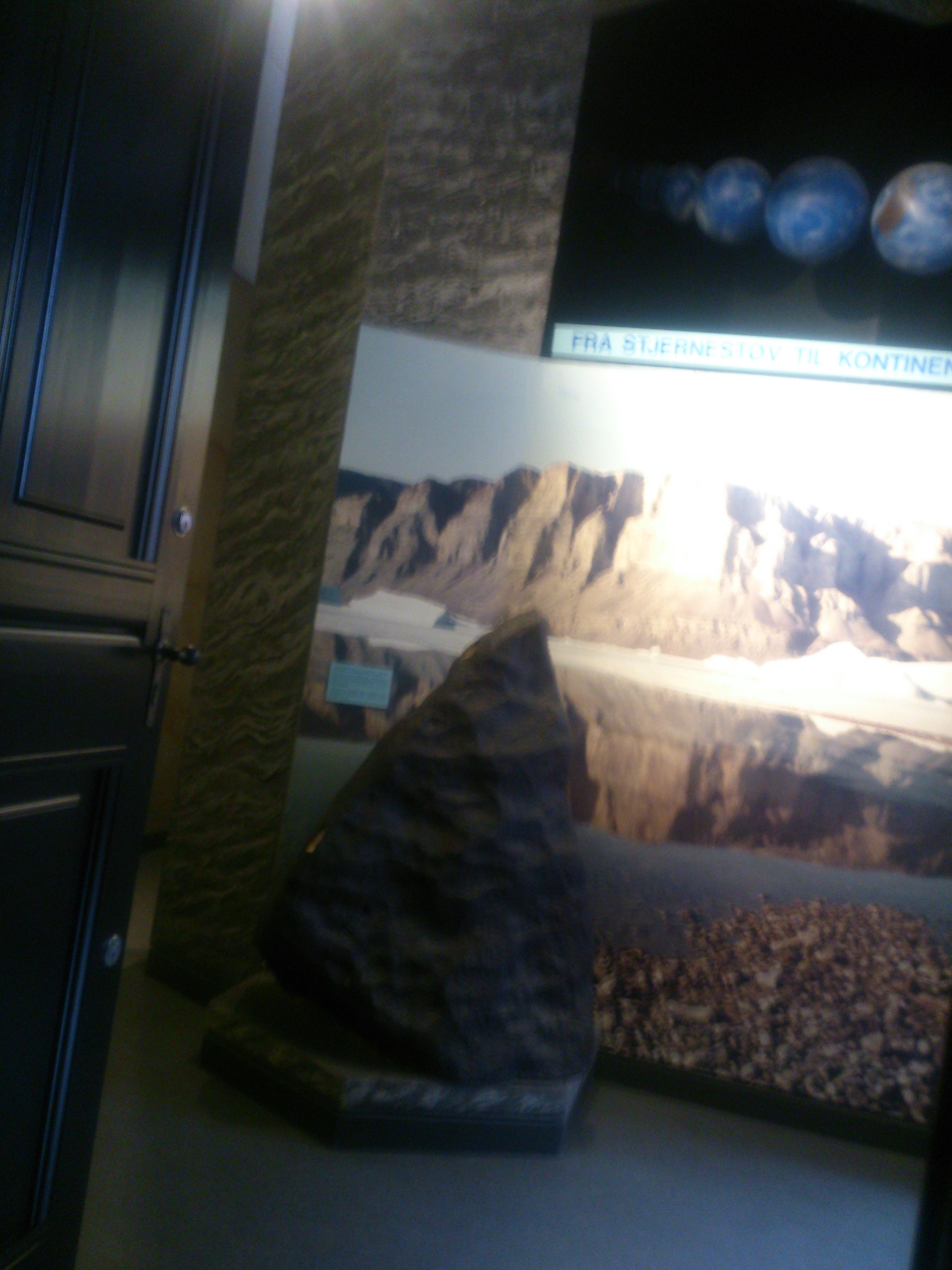
You can find many things in the Geological museum, including minerals and crystals and geological structures and meteorites and some pieces of them and you can even see the Solar system reconstruction and continental drift, etc. There’s also the piece of moon, which was brought to earth by the first astronauts to put their feet onto the surface of the moon!

Interesting information
When you enter the Geological museum of Copenhagen, there’s this huge thing in the yard, which you think is a sculpture or something like that, however, when you get closer, you see this sign and there’s some information on it. It turns out that, this thing is a meteorite. And you get to know a little about it.
Well, there have been six meteorites found in the Cape York area in Northern Greenland, and they belong to one meteorite shower in prehistoric time.
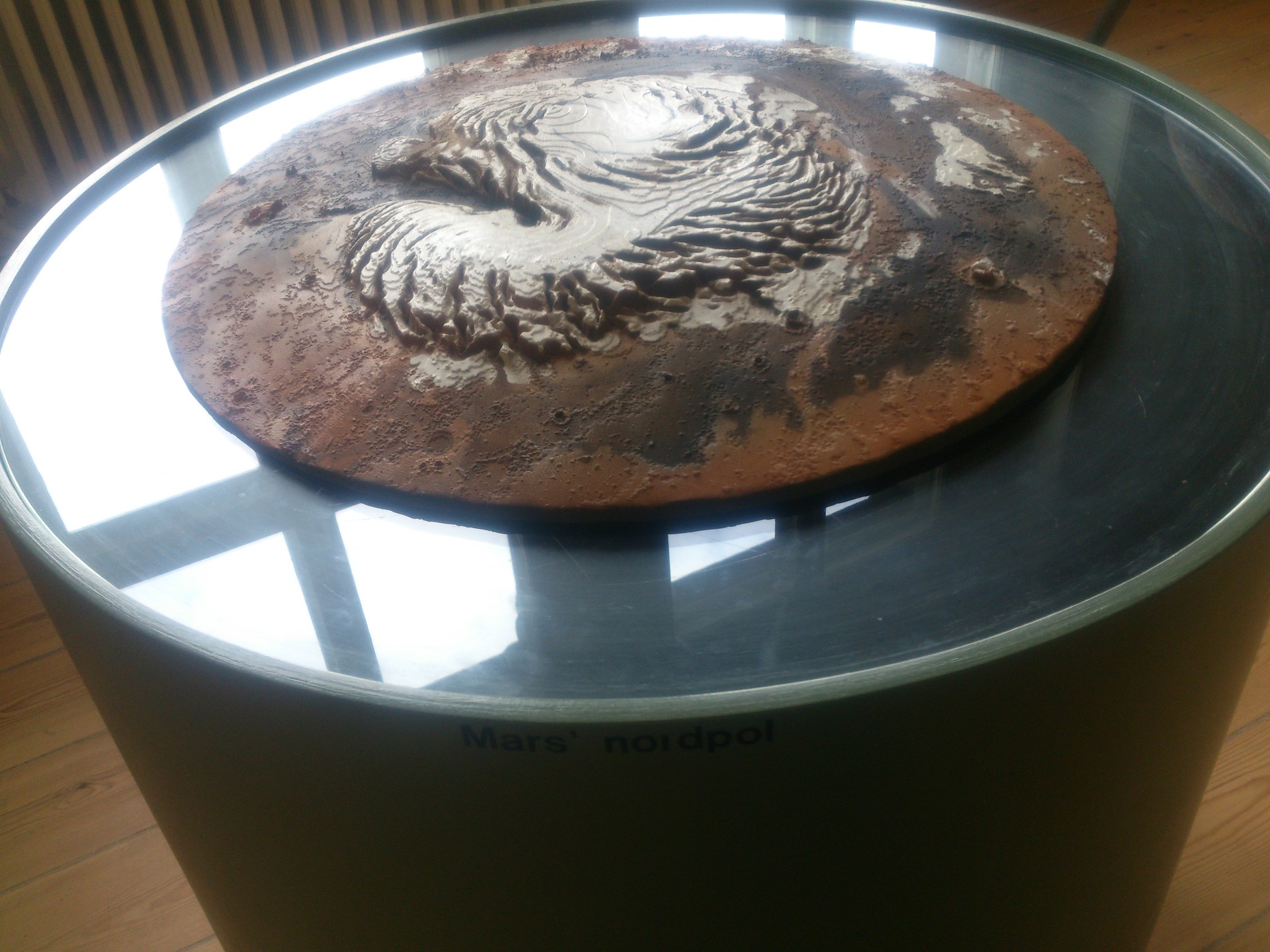
That meteorite, which you thought, that it was a sculpture or something like that is a piece of a meteorite called AGPALILIK, which weighs 20.1 tons! It’s the second largest of the Cape York meteorites and it is the fifth largest of the known meteorites in the world. It was found in 1963 by V. F. Buchwald, Chem. Eng., after an extensive search.
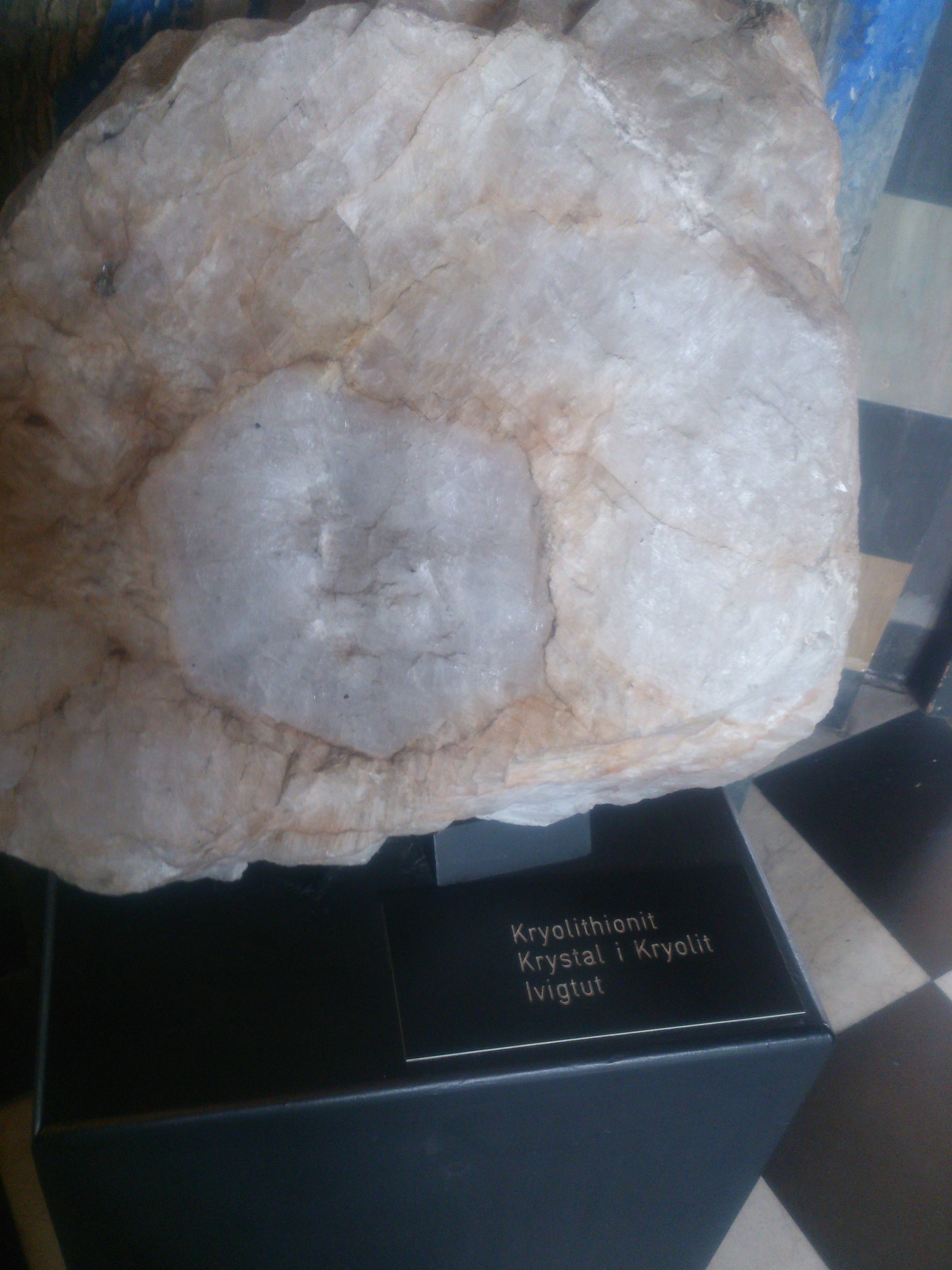
The meteorite has been cut for the research and that part, which is in the yard of the Geological Museum of Copenhagen weighs 15 tons. AGPALILIK is an iron-meteorite, which contains 89% iron and 8% nickel and 2% sulfur. It has been a part of a large single crystal of iron-nickel with inclusions of the mineral troilite (FeS). The many troilite inclusions can be seen as oblong parallel markings on the cut surface.
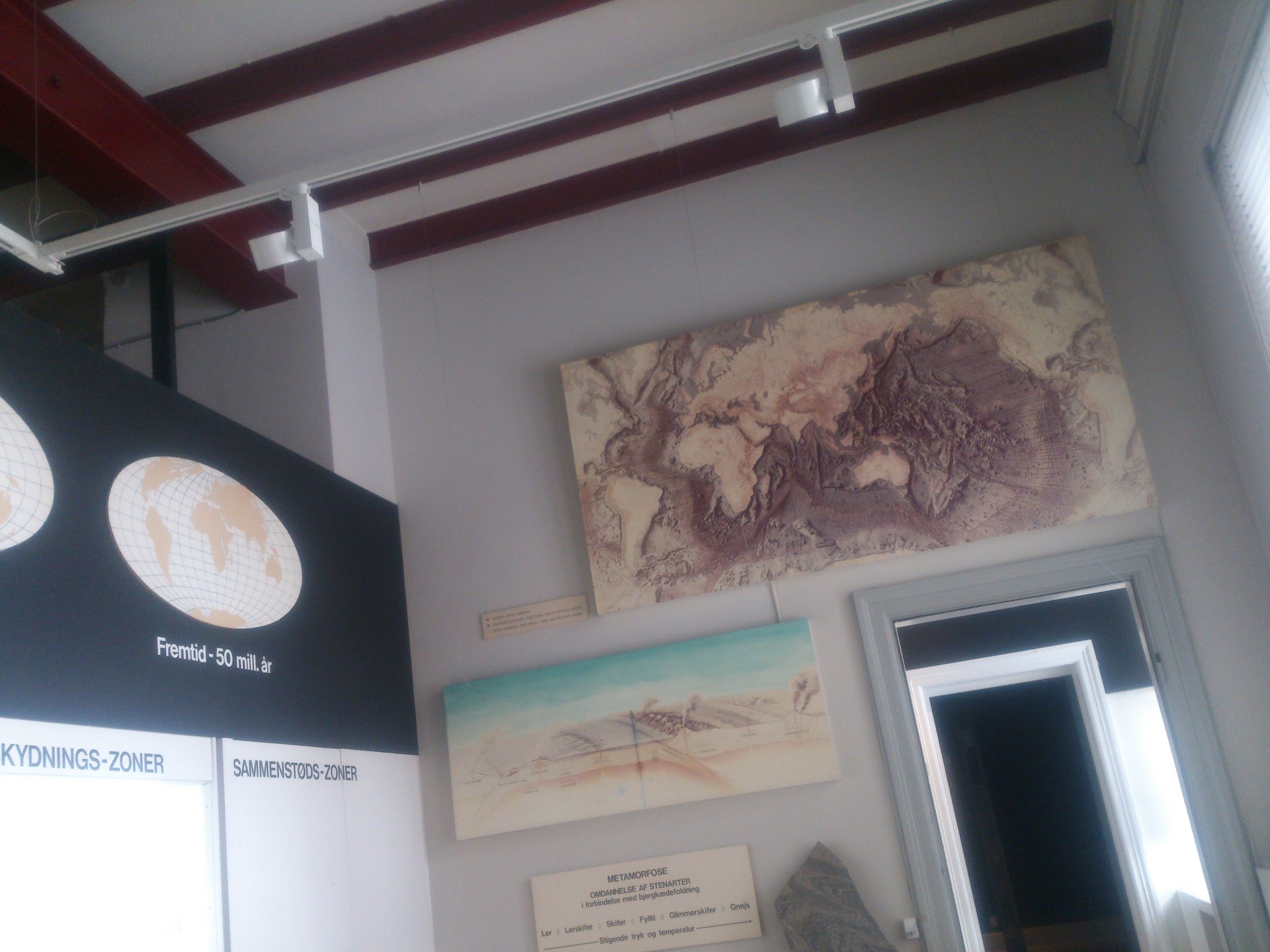
We read, that the third largest of the Cape York meteorites _ SAVIK 1 _ is placed on the lawn in front of the museum, too. The large meteorite collection is an exhibit on the second floor, which is on the walls of the room and is a pretty amazing thing to see, I must say.

Photo gallery
Content available in other languages
- Español: Museo Geológico
Want to have your own Erasmus blog?
If you are experiencing living abroad, you're an avid traveller or want to promote the city where you live... create your own blog and share your adventures!
I want to create my Erasmus blog! →





























Comments (0 comments)